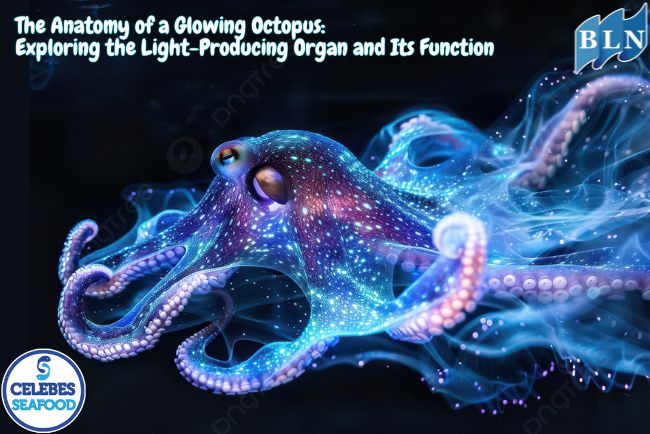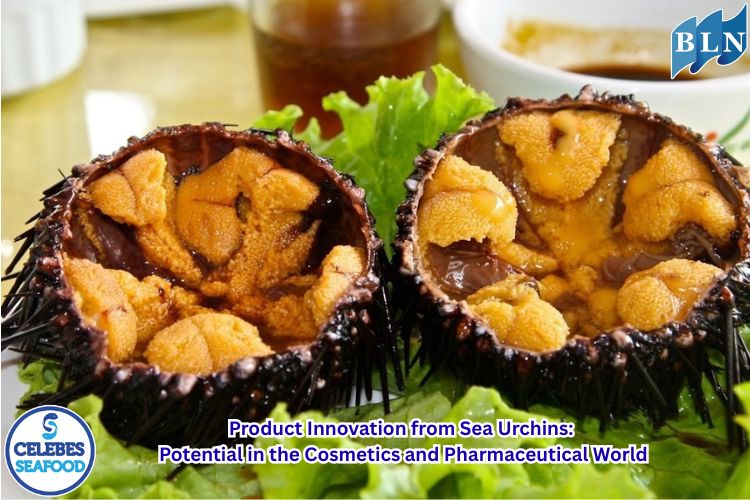The Anatomy of a Glowing Octopus: Exploring the Light-Producing Organ and Its Function
By. Edi - 11 Aug 2025
lautnusantara.com Octopuses, known for their intelligence, include several rare species that exhibit an extraordinary phenomenon: bioluminescence. These octopuses are capable of producing light within their own bodies. This unique ability is not accidental, but rather the result of a complex evolutionary adaptation involving specialized anatomy called photophores.
A. Photophores: The Octopus's Natural Light Factory
Photophores are specialized organs responsible for the production and emission of light in many deep-sea animals, including some octopus species. Unlike regular octopuses, bioluminescent species have photophores located in specific body parts, such as at the tips of their tentacles or around their eyes.
In general, photophores consist of several main parts:
- Photogenic Cells: These are the heart of the photophore. These cells contain proteins and enzymes, such as luciferin and luciferase, that react chemically to produce light. This reaction is similar to that of fireflies, where chemical energy is converted into light energy without producing heat.
- Reflector: Behind the photogenic cells is a reflector layer. Its function is to direct and focus the light produced, so that it exits the octopus's body with greater intensity and direction.
- Lens: Some species have lenses in front of the photophores. These lenses function like the lens on a camera, focusing the light into a sharp beam, similar to a flashlight.
B. The Function of Light in the Life of Glowing Octopuses
This ability to produce light is not just a visual spectacle, but a vital survival tool for octopuses in their dark, deep-sea environments.
- Attracting Prey: Octopuses use light to attract prey attracted by the glow. Prey, such as small fish or crustaceans, will approach the light source, and the octopus will quickly capture them.
- Camouflage and Defense: Octopuses can use light to "camouflage" in dark environments. Some species can adjust the intensity of their light to match the dim light coming from the surface, preventing predators below from seeing their silhouettes.
- Scaring Off Predators: Sudden, bright flashes of light can startle or confuse predators, giving the octopus a chance to escape. A prime example of this is the blue-ringed octopus, whose blue glow serves as a warning of its deadly venom.
This unique anatomy and remarkable ability make the bioluminescent octopus one of the most fascinating and mysterious creatures in the ocean, demonstrating the wonder of evolutionary adaptation in some of Earth's most extreme environments.
If you are interested in our Coral Trout Fillet Skin On, CORAL TROUT WGG WHOLE GILLED GUTTED, TOMATO COD WHOLE GILLED GUTTED please do not hesitate to contact us through email and/or whatsapp.








